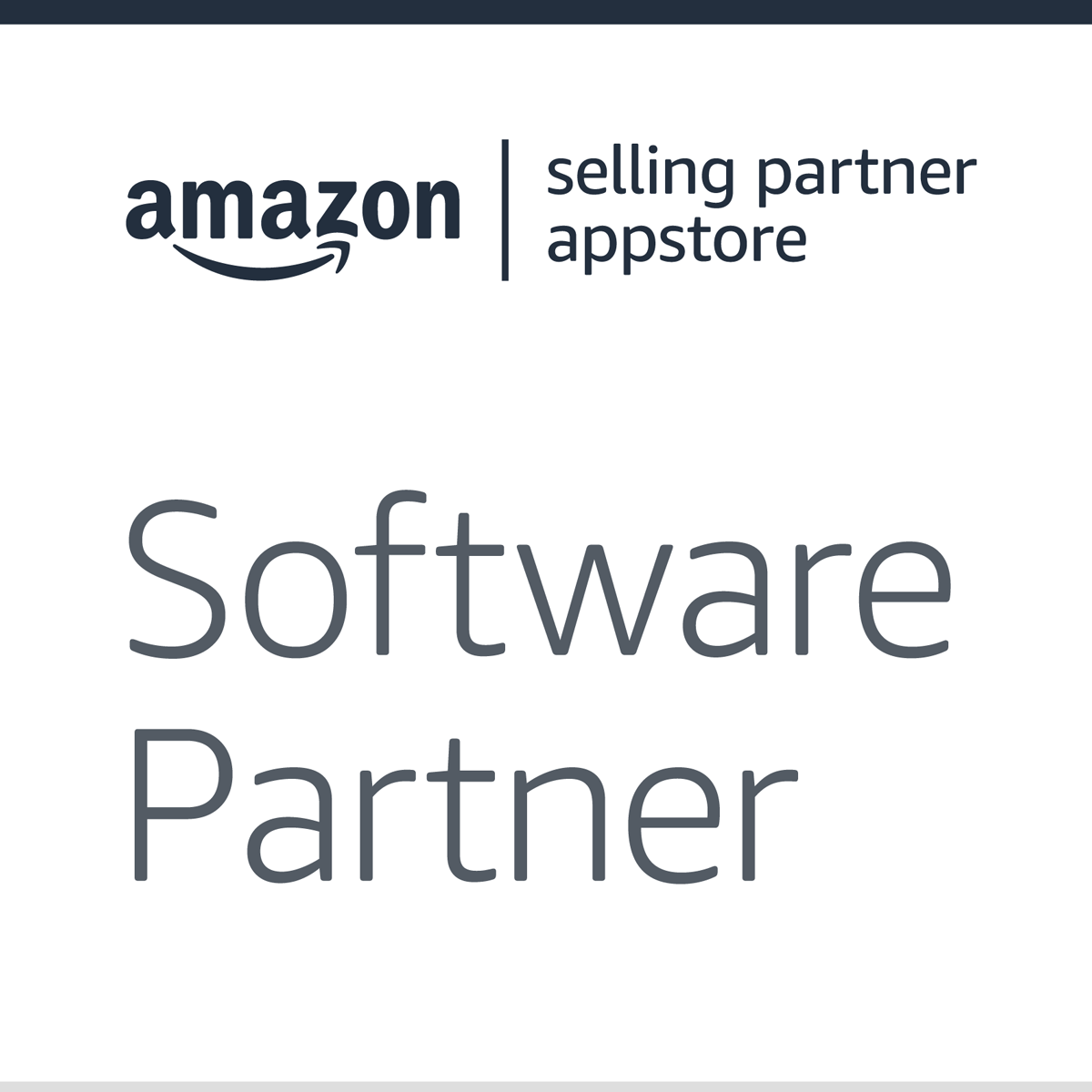Originally published on March 29, 2022, updated January 3, 2024
Menu
Join Our Email List
- Receive our monthly newsletter.
- Stay up to date on Amazon policies.
- Get tips to grow your business.
Most businesses are aware of Seller Central, Amazon’s third-party selling platform. But of course, this isn’t the only setup available on Amazon. Many brands, especially big ones selling in large quantities, sell to Amazon directly. Amazon then sells these products through its website, competing directly with scores of third-party sellers on the vast marketplace. This first-party, or 1P, relationship for retailers operates over Vendor Central, which offers a different set of resources and rules for brands using it.
While brands may have the ultimate goal of being “Sold by Amazon,” it comes with unique challenges. Support for vendors is limited and inconsistent, but vendors are expected to be self-sufficient. As you can imagine, it gets a little complicated.
So what do vendors on Amazon need to know about now? Start with this blog and explore Vendor Society by eCommerce Nurse. Launched in 2017, Vendor Society is a vendor community where brands can find answers, support, and community as well as free learning materials and events. Here are our top things to be aware of this year.
Brand owners can sell on Seller Central or Vendor Central. As a vendor and brand owner, you can unlock a wide range of tools and marketing resources to help grow your brand. Whatever platform you’re on, be sure to take advantage of this suite of tools.
Amazon Vendor Central is the web platform where manufacturers and distributors who sell their products directly to Amazon can manage purchase orders and product data. Access is by invitation only.
To unlock Brand Registry features, you must be a brand owner with a government-registered trademark and be registered with the Amazon Brand Registry. This portal gives greater control over intellectual property such as proactive protection, ensuring you manage listings, and a self-service tool for reporting violations. Beyond that, the Brand Registry offers marketing features for both sellers and vendors that are an absolute necessity for Amazon success. These include:
For vendors on Amazon selling in multiple locales, be sure to apply for the Brand Registry (and registered trademarks with respective government entities) in each and every locale. This provides comprehensive protection and also lets you access marketing features in both the US and EU, for example.
If you’re a large vendor with wide distribution or if you’ve had trouble with counterfeiters, then Amazon Transparency might be just the thing. This serialization service takes the Brand Registry even further in terms of brand protection.
 Transparency allows vendors to apply a unique designation label to individual products that go through Amazon fulfillment centers. Also, Returns Analytics provides comprehensive customer return data about a brand’s enrolled products at the manufacturing batch level or lot level. This information can help identify supply chain trends and address issues that affect customer trust.
Transparency allows vendors to apply a unique designation label to individual products that go through Amazon fulfillment centers. Also, Returns Analytics provides comprehensive customer return data about a brand’s enrolled products at the manufacturing batch level or lot level. This information can help identify supply chain trends and address issues that affect customer trust.
Transparency is a great option for vendor brand owners, as they may be selling higher-value items or have more potential for counterfeiting. Once enrolled, Amazon sends the labels on-demand to registered brands.
New to vendors and not yet fully rolled out across all locales, the Manage Your Experiments page is now available to Vendor Central brands. This tool allows brands to test two versions of content for the same high-traffic ASIN. Running A/B tests is a great way to improve conversion and apply learnings across your entire catalog. A new update also allows brands to apply testing content across a specific child ASIN and not the whole parent ASIN.
Manage Your Experiments is currently available for A+ Content, listing titles, and images. Discovering the best combinations of content for each product can be beneficial to vendors large and small. Access this feature under the Merchandising tab of Vendor Central. While not currently available for all brands, it will be rolled out to more and more this year.
Managing an Amazon catalog is not an easy task. The Amazon Selection Assistant (ASA) can be beneficial for your existing catalog and also allow you to see recommendations for new items that you may want to add. Amazon data has shown that European brands who followed these recommendations saw an uplift of 29%. Adding products may also now be easier and take less time.
To start using ASA, upload a list of product IDs and get an analysis of your product portfolio. The tool will show unavailable products, missing direct fulfillment inventory, and cost change recommendations. Find this feature under the Items tab in Vendor Central and then select Add Products.
Related reading: What is the Amazon Born to Run Program?
Amazon offers another benefit for vendors to help manage catalogs. You can file a ticket with Amazon Vendor Support and request an Item Data Quality (IDQ) report. This report will rate all ASINs based on images, content, data, and other options.
The IDQ report can give you a top-level look at what shape your catalog is in and what areas you might need to improve. For example, you may learn what ASINs Amazon sees as under-optimized with the potential to perform better. This will be especially helpful for vendors with large catalogs and lots of variations. The IDQ report can help you strategize for the rest of 2022. It is definitely worth looking at so you can prepare for peak selling periods.
Available marketing initiatives for vendors have always been a bit different than for Amazon third-party sellers. Currently, promotions  options for vendors on Amazon are:
options for vendors on Amazon are:
Most promotions will be open to vendors during certain periods and on certain products. Requirements may change based on location, product selection, and promotional time period. Start watching for Prime Day promotions to open in the next few months.
It’s more important than ever for vendors and sellers to scale their businesses. As the cost of doing business increases and the competition follows suit, many brands need help to thrive on Amazon. Whether you need assistance with listing optimization, marketing, promotions, business strategy, or complex vendor issues, eCommerce Nurse is a boutique agency with years of experience growing accounts and building brands. Visit Vendor Society to join our free community, or contact us at eCommerce Nurse for more tailored help.
Originally published on March 29, 2022, updated January 3, 2024
This post is accurate as of the date of publication. Some features and information may have changed due to product updates or Amazon policy changes.
These Stories on Amazon
14321 Winter Breeze Drive
Suite 121 Midlothian, VA 23113
Call us: 800-757-6840





Copyright© 2007-2025 eComEngine, LLC. All Rights Reserved. eComEngine®, FeedbackFive®, RestockPro®, and SellerPulse® are trademarks or registered trademarks of eComEngine, LLC. Amazon's trademark is used under license from Amazon.com, Inc. or its affiliates.
No Comments Yet
Let us know what you think